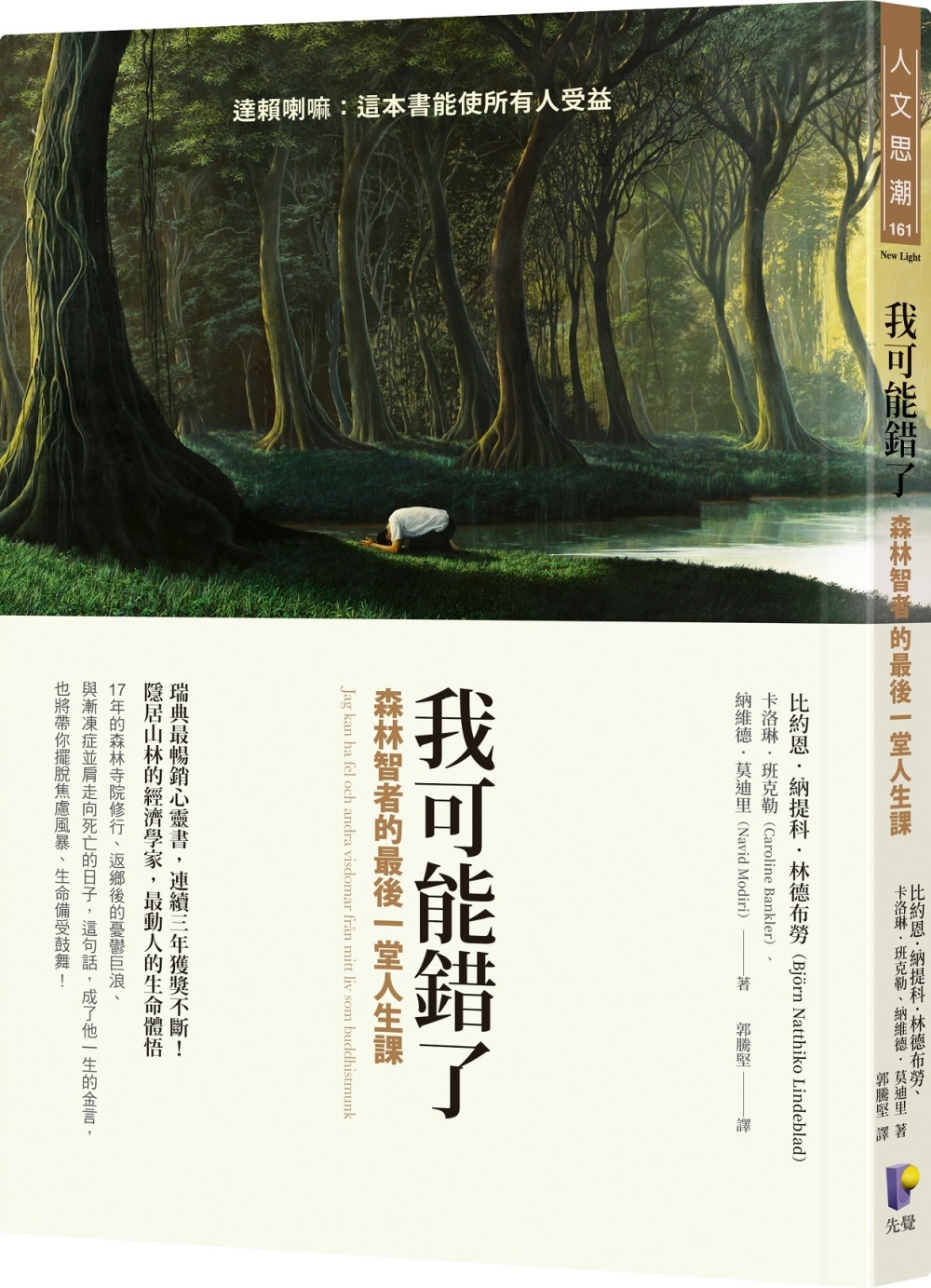What can artists learn from theatre scholars when it comes to performing historical works on stage today? What can theatre scholars learn from today’s artists when it comes to understanding the works and practices of the past? How is the experience of modern spectators affected by attending performances in historic theatres? And how, aesthetically, do we experience the reconstruction of productions from the remote past?
This collection of essays covers the findings of the research project ’Performing Premodernity’: an international group of theatre whose work centred on the Drottningholm theatre from 1766: just outside Stockholm, this famous theatre has authentic stage sets and machinery preserved almost in their original eighteenth-century state.
Behind all the essays is a mixture of fascination and dissatisfaction with today’s performances of drama and opera classics, particularly those that take place in historic theatres, and those operating within the so-called Historically Informed Performance movement. Moreover, they reflect a desire to develop and expand the methods traditionally used by theatre historians. And they present a variety of angles on today’s performances in historic theatres and on today’s attempts to revive theatrical practices of the past.
The authors combine academic and artistic research as a way of deepening and nuancing our understanding of eighteenth-century theatre practices. The historical research is set in dialogue with the dramaturgical insights and aesthetic experiences the historians gained from their practical doing in historic spaces. Experimentation with lighting, costumes, stage movement, vocal and instrumental practices, and the flow of energy between performers and spectators led to the investigation of topics that theatre historians otherwise tend to ignore. In turn, this has led the researchers to challenge long-held views of the sites, repertoires, and performance practices of eighteenth-century theatre.
Performing Premodernity’s experimental, practice-based approach accords with the view of the late Enlightenment as what Vincenzo Ferrone has called ’a real and still unexplored laboratory of modernity’. The second half of the eighteenth century was a time of both wide-ranging artistic innovation and earth-shaking political revolutions; it was a period when ideal and practice, philosophy and art influenced and guided each other to an unprecedented degree. The essays start from the conviction that any attempt at a holistic understanding of the theatrical practices of the time must take these exchanges into account. And that a strictly antiquarian approach that merely tries to establish ’how it really was’, without considering the utopian dimension of the reforms of people like Rousseau, Gluck, and Mozart, will fail to grasp the impetus and the dynamic, communicative aspect of eighteenth-century theatre. Therefore, several of the essays revolve around the group’s historically informed production of a true ’avantgarde’ work of the eighteenth century: Pygmalion, Jean-Jacques Rousseau’s scène lyrique from 1762. Performing Premodernity’s research-based production premiered at Český Krumlov Castle Theatre in 2015.
The present anthology is essential reading for theatre scholars and musicologists studying eighteenth-century performance as well as for theatre and opera artists concerned with period performance practice.












